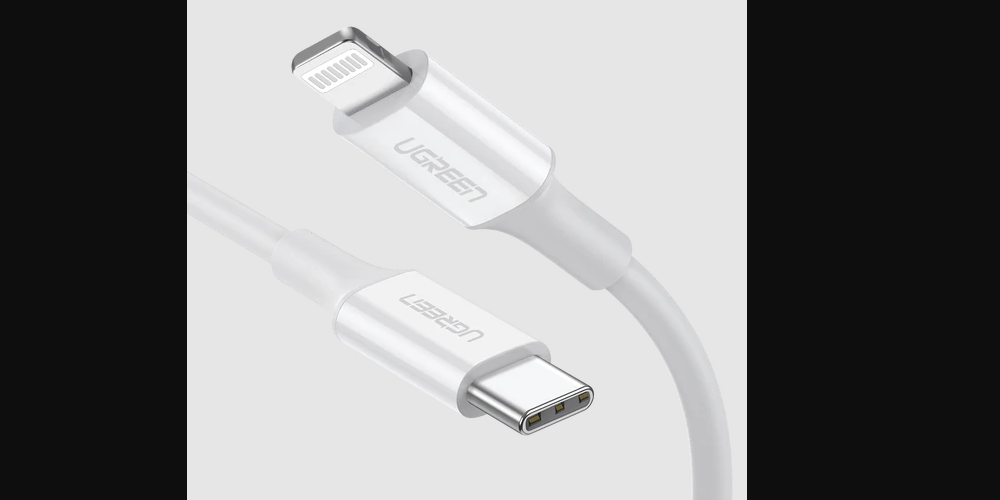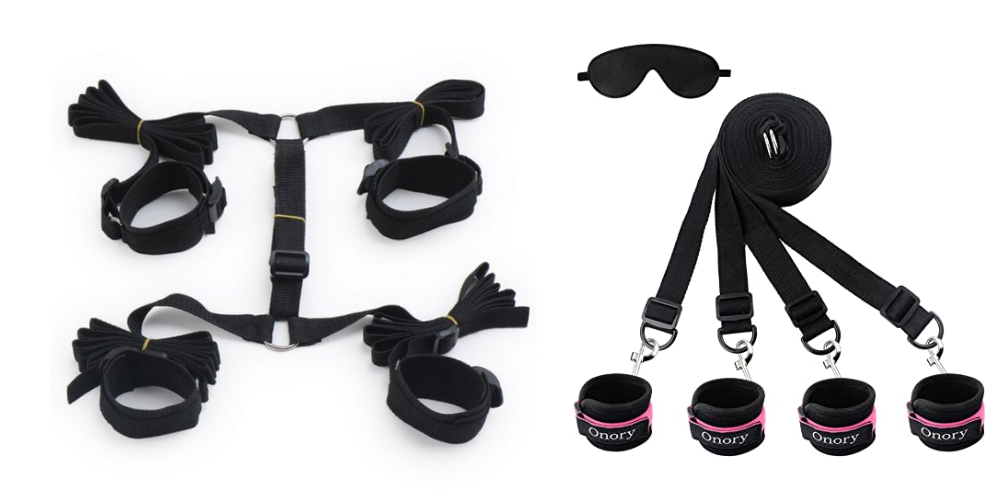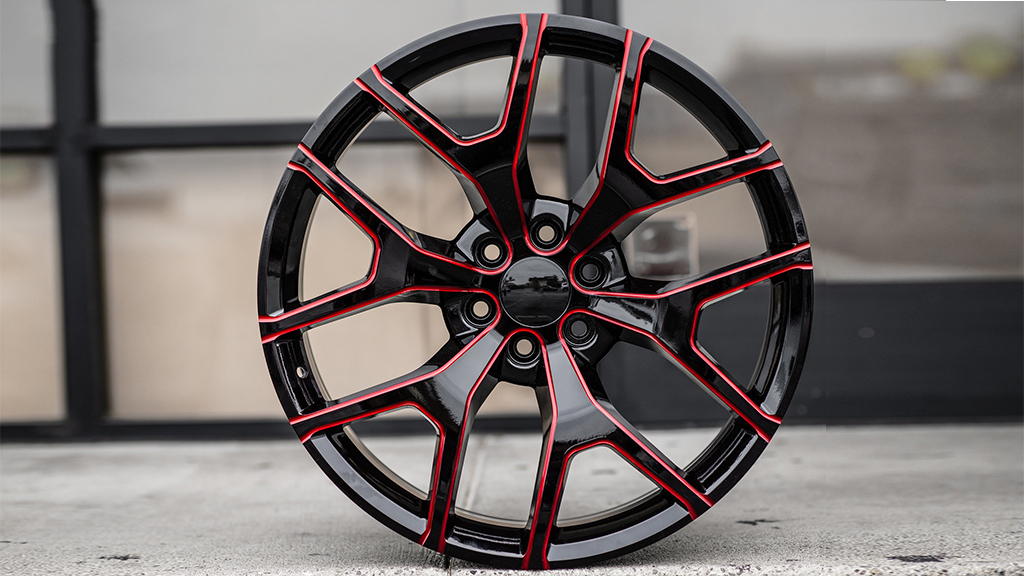Over time, the USB standard has evolved and improved to meet the ever-increasing demands of the modern world. Specifications for the USB Type C connector and the USB signaling standards have been released on a regular basis by the USB Implementers Forum (USB-IF). Many new features have been added to the USB Type C connector in comparison to previous connector standards. Engineers will be able to use this connector and the various signal specifications to their advantage if they are aware of these improvements.
Enhancing USB 3.2 performance
As stated in the past, the USB 3.2 specification spells out a set of data and power signals and how they work. But it doesn’t say anything about the cables that should be used with the signals. In addition, USB 3.2 signals will necessitate cables with sufficient current, voltage, and signal integrity to handle them without interfering with them. For example, the USB 3.2 Gen 2 (previously USB 3.1 Gen 2) specification supports communication rates of up to 10 Gbps, and USB Type C connectors are made to maintain signal integrity at these speeds and above. However, the length of the cable and the quality of the cable’s construction can both limit the bandwidth of communication.
Different Ways to Mount a USB Type C Device
Because there are two different types of USB Type C receptacles, engineers have the option of mounting the connector on top of the PCB (known as surface mount technology, or SMT) or in a space that has been cut out of the PCB. The SMT version of the receptacle requires that the product design takes into account the disparity in height between the PCB and the connector in order for it to function correctly. The smaller size of the design is achieved by using the mid-mount variant of the receptacle; however, this comes at the expense of the inability to route PCB traces underneath the connector.
In Conclusion
In the end, USB standards for signals, connectors, and cables have been widely used. As long as the USB Type C connector and the USB 3.2 specifications are followed, signals can be sent at the standard high-speed and high-power levels possible. Ugreen USB Type C plugs and receptacles conform to USB 3.2 Gen 2 data transfer rates, allowing for communication speeds greater than the current 10 Gbps limit.
Ugreen also has a variety of USB cables with Type C plugs and USB Type C receptacles for power only that have the pins for data transfer taken out. This is a cheap way to power or charge designs where that is the only function. Lightning to USB c switch is seen even on Apple for faster charging and transfer of data. USB-C can deliver more power at a faster rate and at the same voltage as Lightning. The maximum current that can be carried by USB-C is 3A, while the maximum current that can be carried by Lightning is 2.4A. USB-C can support up to 5A of current.














